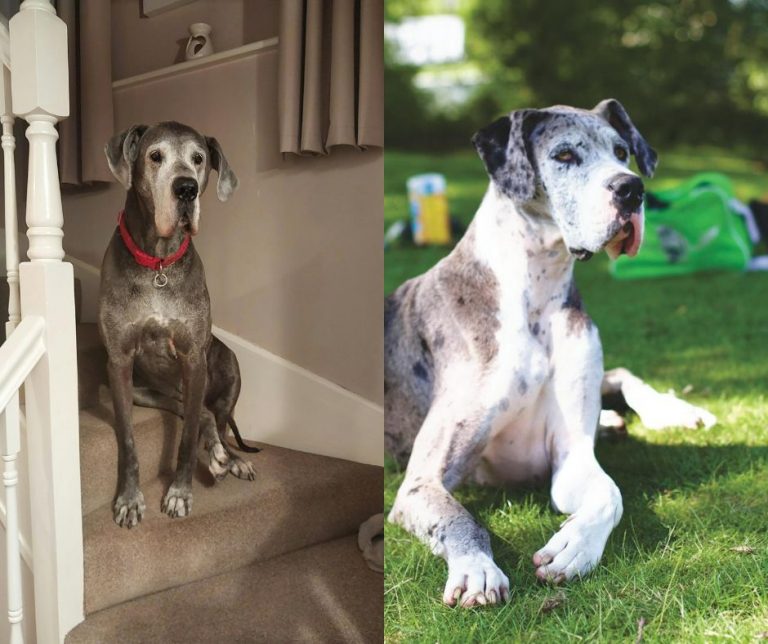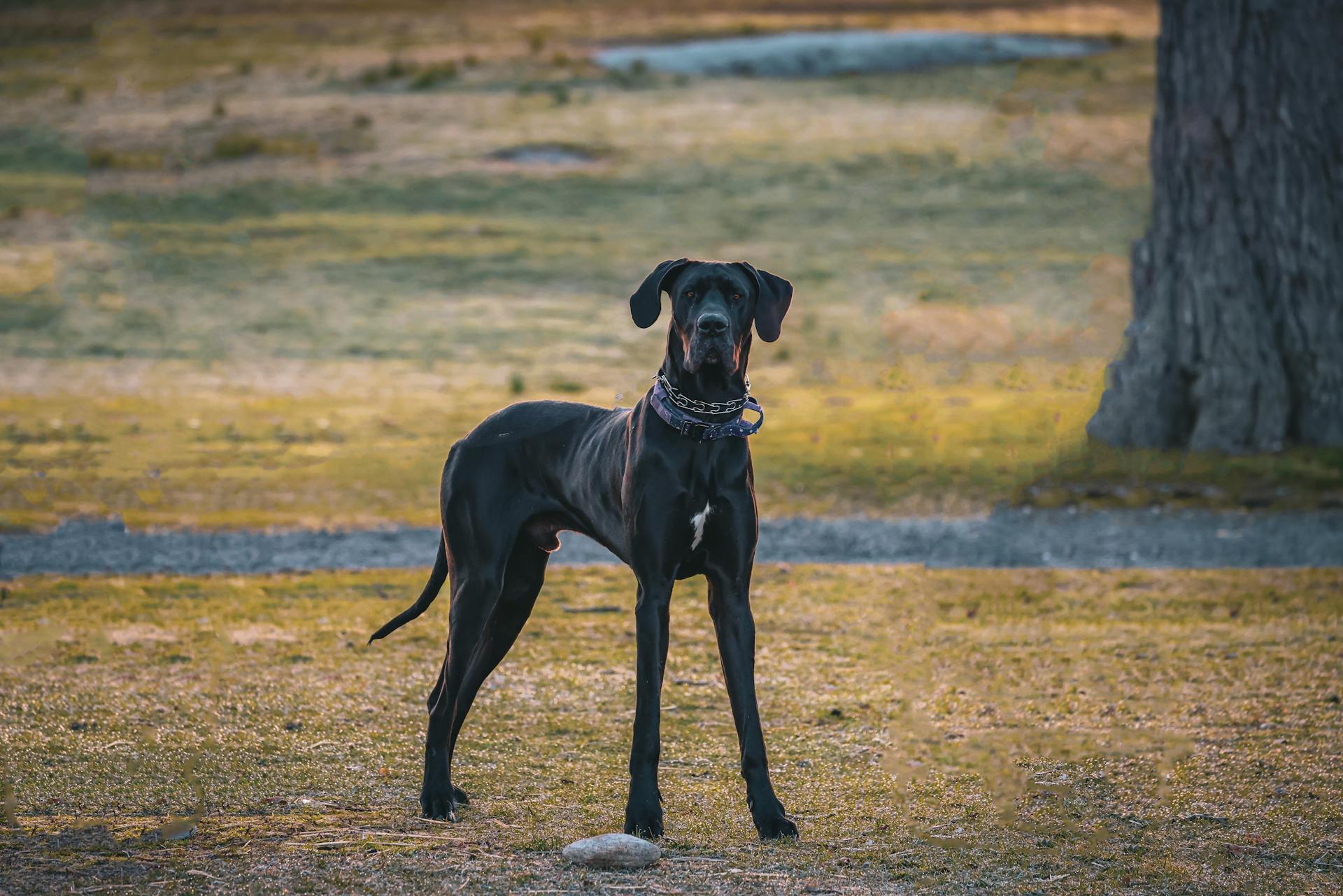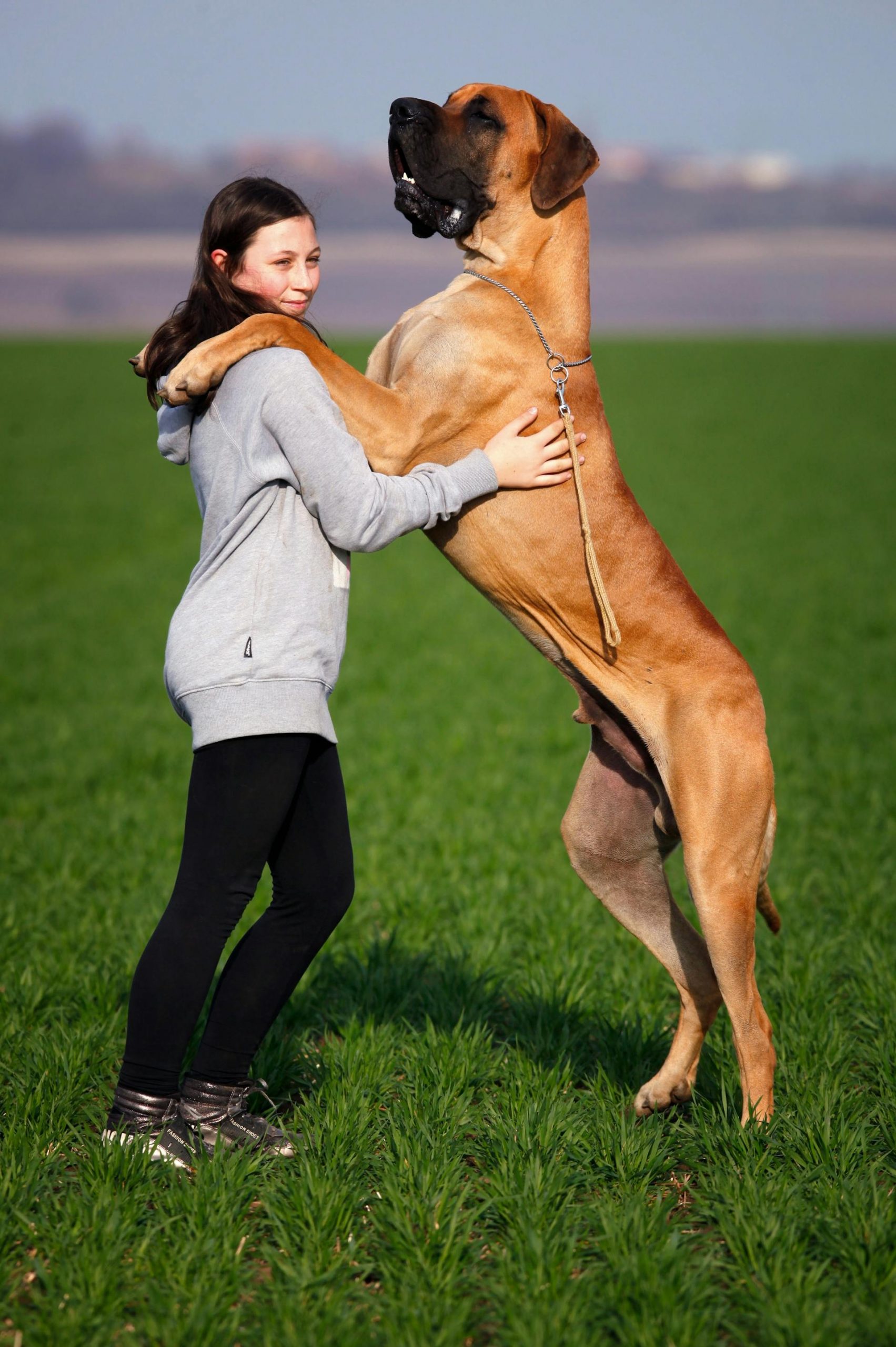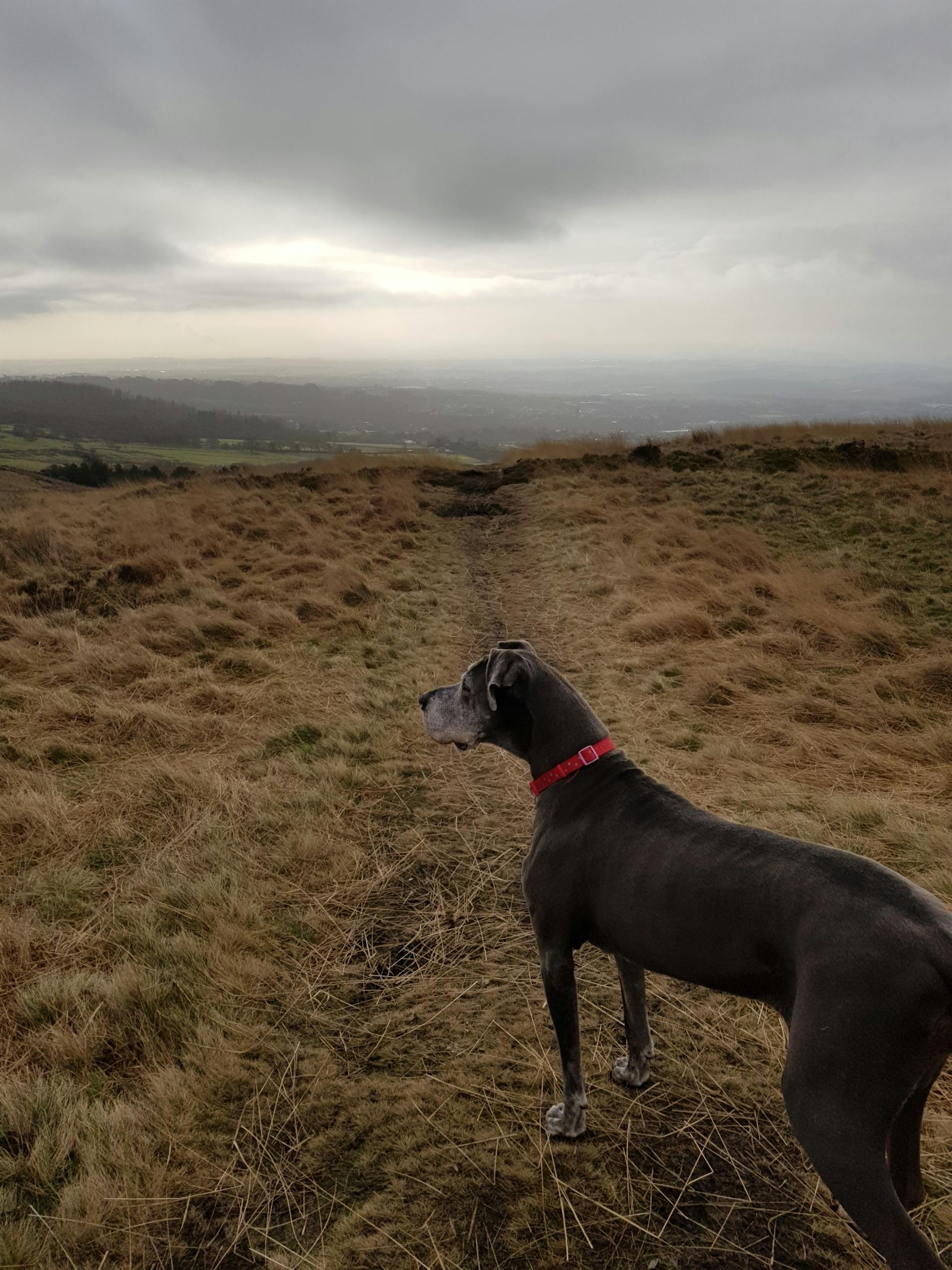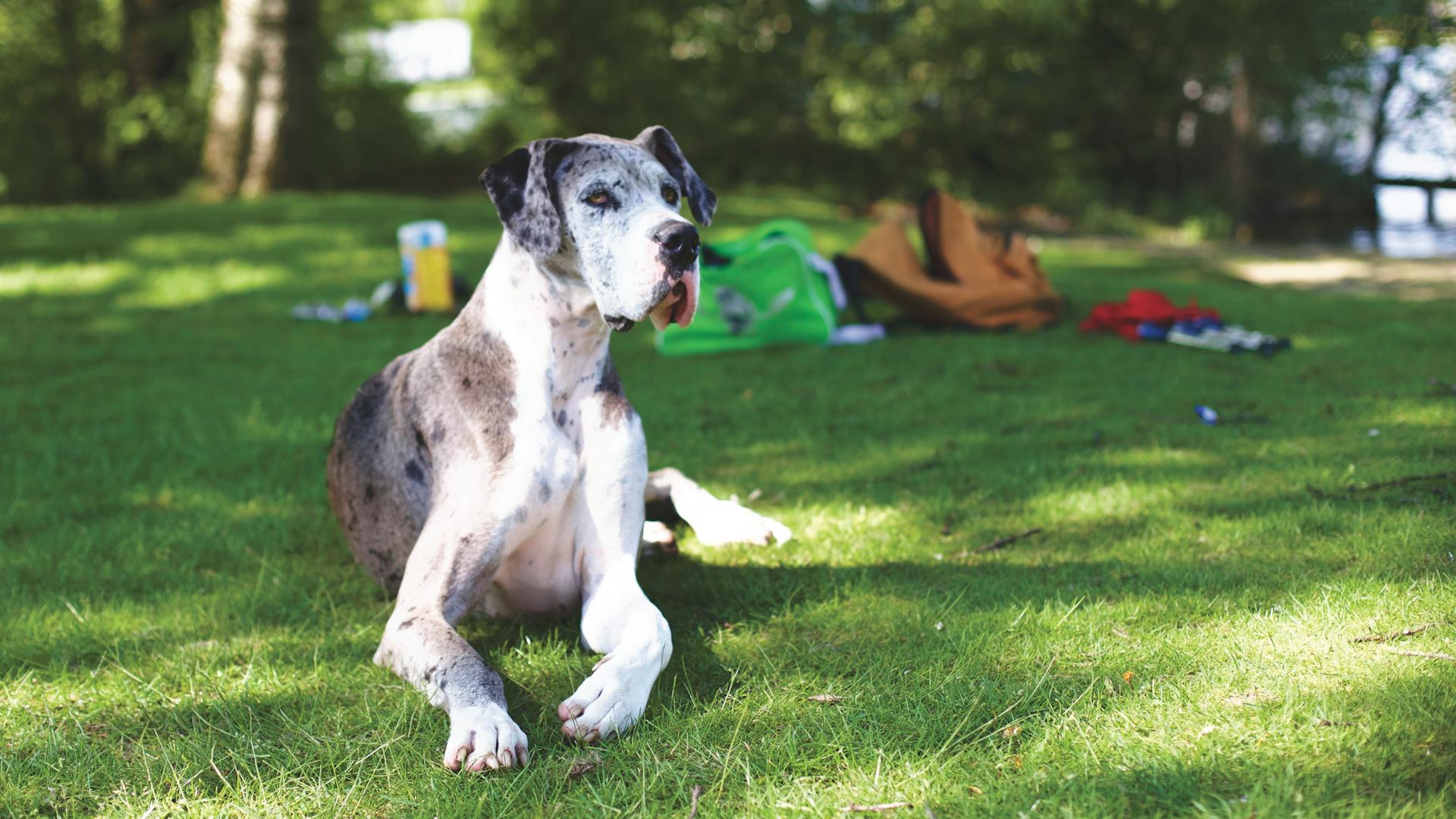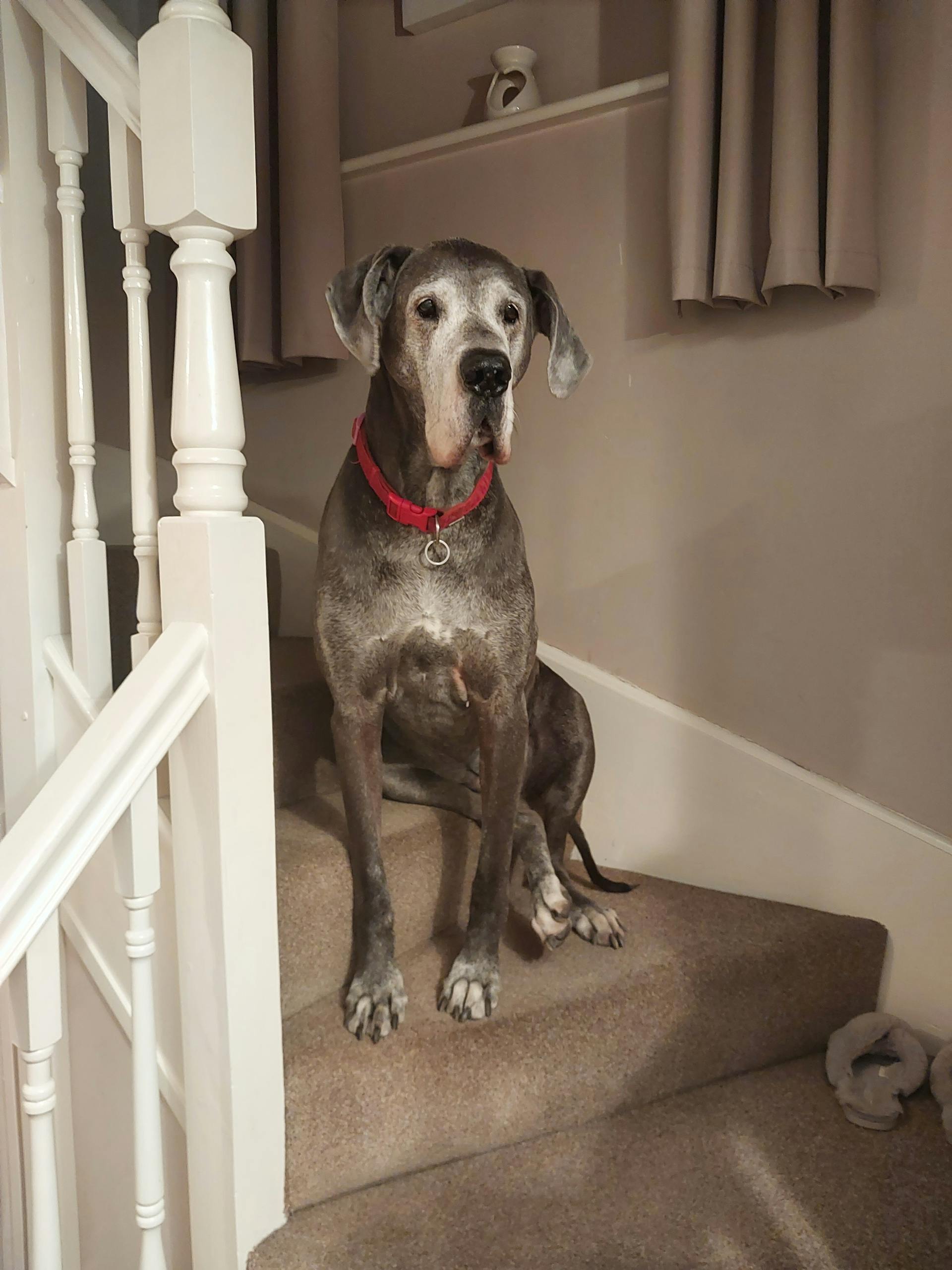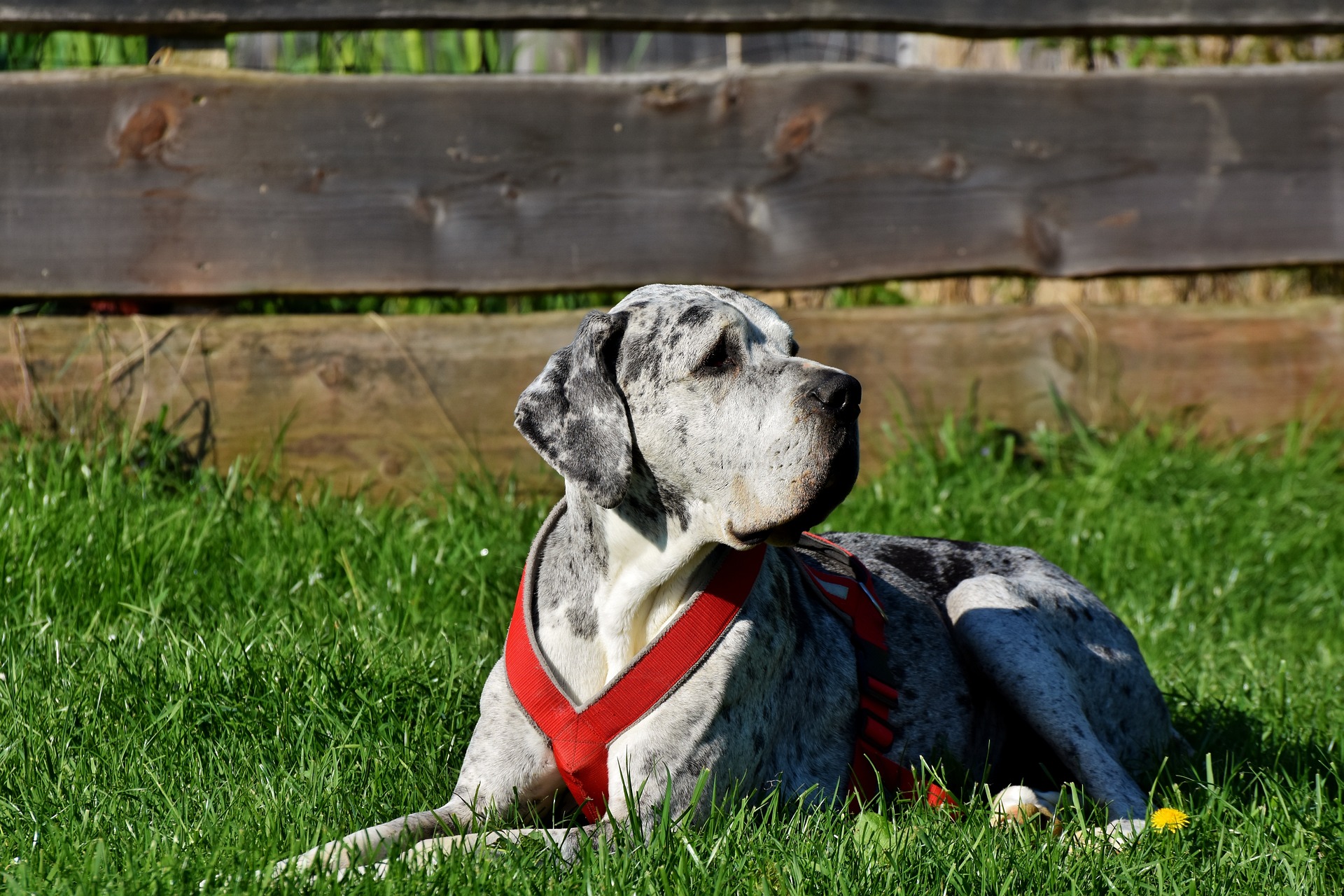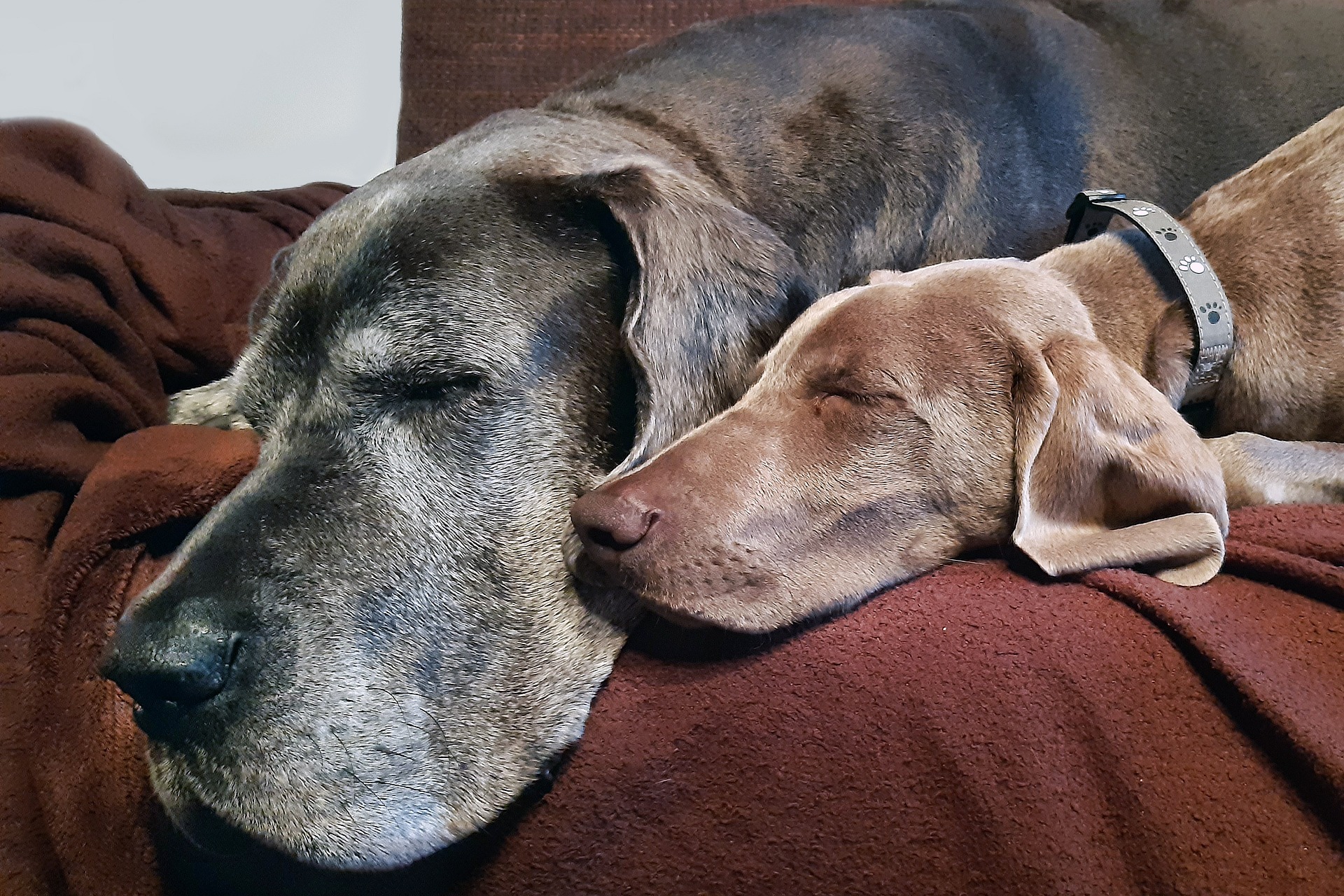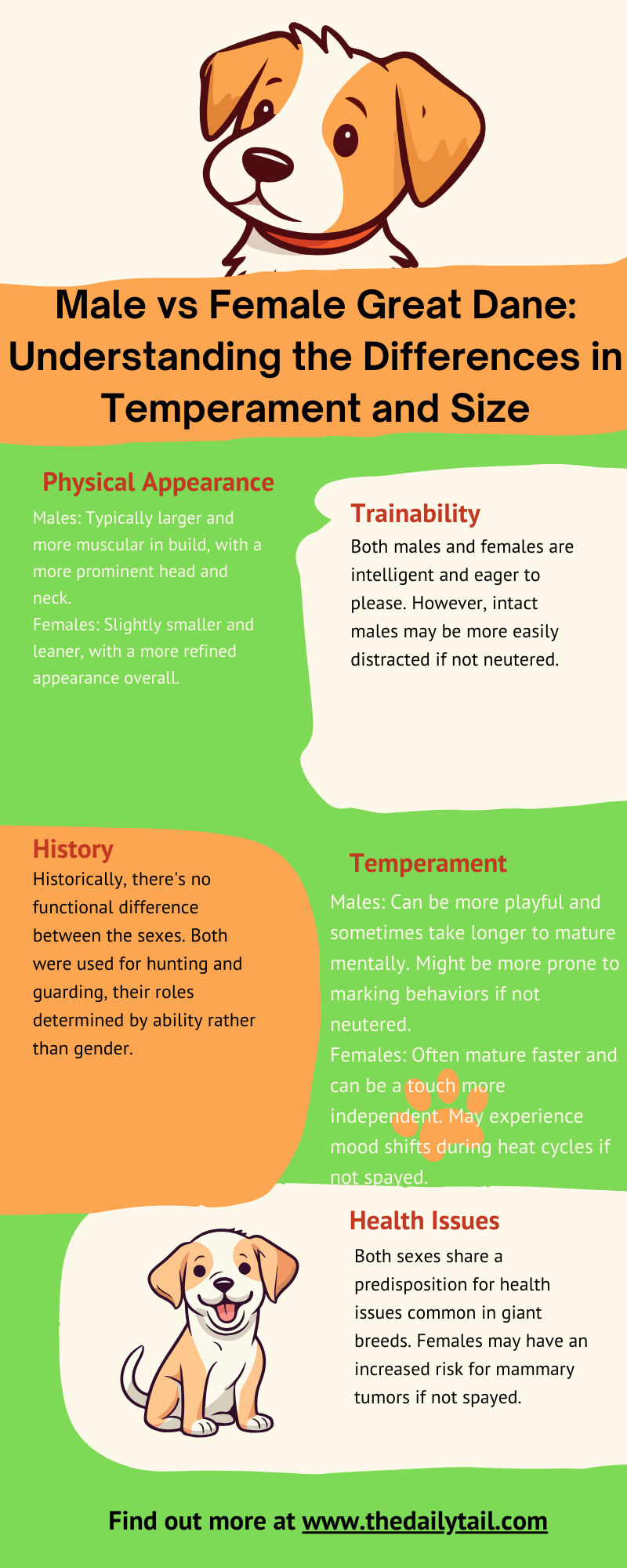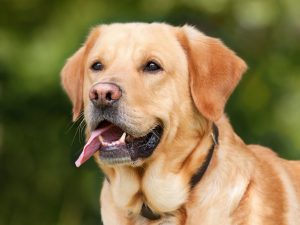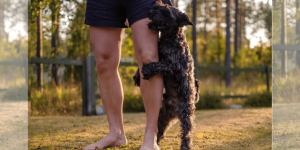As a long-time Great Dane enthusiast, I’ve seen firsthand how choosing between a male or female makes a difference. These gentle giants are beloved for their loyalty, but did you know there are subtle distinctions between the sexes that can impact your experience?
When pondering the addition of a Great Dane puppy to the family, a common question arises: should you choose a male vs female Great Dane? This majestic breed, known for its towering stature and gentle demeanor, presents subtle variations between genders that extend beyond mere physical differences.
While both male and female Great Dane dogs share the hallmarks of the breed’s well-regarded temperament, they differ in size, weight, training responsiveness, and behavior during certain stages of their life cycle.
These differences can influence the choice of potential dog owners based on lifestyle compatibility and personal preference.
Understanding these distinctions is crucial, as Great Danes are not small commitments—literally or figuratively. They are giants among canines with hearts just as grand, but their large size and unique needs mean they are not the right fit for everyone.
Choosing between a male or a female Great Dane can impact the dynamics within the home.
For instance, while males often grow larger and can be more laid-back once matured, females may be easier to manage initially but can exhibit significant behavioral changes when in heat.
Whether you’re dreaming of your first Dane or are a seasoned owner, understanding those male dog vs. female dog nuances is crucial. From personality to potential health concerns, let’s explore together what sets these magnificent dogs apart based on their gender.
Additionally, the investment in upbringing and socialization plays an essential role in nurturing a well-adjusted and manageable Great Dane, regardless of gender. So, what is your choice between male vs female Great Dane dog breed?
Key Takeaways
- Male and female Great Danes display distinct physical and behavioral traits beyond their shared breed characteristics
- Prospective owners should consider size, training, and behavior when choosing between a male and female Great Dane
- Selecting the right Great Dane for one’s home life involves understanding the breed’s care needs and the nuances between genders
Breed Overview
When considering a Great Dane puppy, you’re looking at a breed steeped in history that boasts some pretty distinctive characteristics. They’re sometimes referred to as the “Apollo of dogs,” a nod to their regal appearance and impressive stature.
History and Origin
Great Danes, originally called “Deutsche Dogge” in Germany, are a breed that hails from a mix that includes the mastiff. They were crafted into the gentle giants we know today over many centuries.
Initially bred for hunting and guarding, these dogs were designed to be large, powerful, and intimidating. However, they have since transitioned into affectionate companions, often earning a spot as beloved family members.
Nowadays, they are part of the top 30 most popular dog breeds by the American Kennel Club. To this day, some people do make a difference between an European Great Dane and American Great Dane.
Characteristics of Great Danes
Size: An unmistakable trait of Great Dane dogs is their size. Male dogs often stand between 30 and 34 inches at the shoulder, while female dogs are usually a bit smaller, generally ranging from 28 to 32 inches in height.
Weight: In terms of weight, male Great Danes typically tip the scales between 140 to 175 pounds, with females weighing slightly less.
Temperament: They may look imposing, but Great Danes are known for their easy-going and loving nature. Despite their size, they’re often gentle and are well-suited to life as part of a family.
Exercise Needs: Don’t let their laid-back attitude fool you; Great Danes do have exercise needs. They thrive in environments where they can stretch their long legs and enjoy regular physical activity, relevant to their stage in life.
By understanding the noble lineage and key characteristics of Great Danes, future dog owners can better appreciate and care for these majestic dogs.
Physical Differences
When choosing between a male and female Great Dane, one can observe notable physical differences, particularly in size and weight. But it’s not just about the numbers; these variations contribute to each gender’s distinct presence and demeanor.
Size and Weight
Male Great Danes possess a sturdy frame and are typically larger than their female counterparts. They generally stand tall at 30-32 inches at the shoulder, whereas females tend to reach a slightly shorter 28-30 inches in height.
It’s not uncommon for a fully-grown male to weigh between 140-175 pounds, with females tipping the scales at a lighter 110-140 pounds. It is worth noting that a male Great Dane holds the Guinness world record for tallest dog in the world.
- Male Great Danes:
- Height: 30-32 inches
- Weight: 140-175 pounds
- Female Great Danes:
- Height: 28-30 inches
- Weight: 110-140 pounds
Coat and Colors
The coat of a Great Dane pup is short and smooth, with both males and females sharing this trait. Great Danes come in a variety of colors, including a sleek black, a warm fawn, and a striking blue.
One should not find significant differences in coat texture or coloration between the sexes; these aspects are more aligned with genetics and breeding standards than gender.
- Common coat colors:
- Black
- Fawn
- Blue
Remember that these are general observations and that individual Great Danes may vary, sometimes quite noticeably. When one walks into a room with a Great Dane breed, it’s their gentle nobility that truly makes an impression, regardless of their gender.
Behavior and Temperament
Great Danes are known for their loving nature and affable temperament, making them popular among families and singles alike. Let’s explore what sets this giant dog apart in terms of their behavior and how their disposition manifests in daily interactions.
Gentle Giants
Great Danes are often referred to as “Gentle Giants” due to their surprisingly calm and affectionate demeanor, despite their imposing size. They are typically easy-going companions who adore spending time with their human families. Here are some key traits:
- Affectionate: These dogs form strong bonds and often seek physical affection from their pet parents
- Calm: They usually have a relaxed attitude and are not prone to unnecessary hyperactivity
- Playful: Despite their size, they retain a playful streak and enjoy engaging in fun activities with both adults and children
It’s important to note that male Great Danes can be noticeably more playful and exuberant, while female Great Danes might display a more reserved playfulness.
Socialization Needs
Socialization is crucial for a Great Dane pup‘s development, as it helps prevent aggressive behaviors and fosters a well-rounded temperament. Providing these dogs with early socialization experiences shapes their ability to interact amicably with other dogs and humans. Consider the following points:
- Early Socialization: Introducing puppies to various people, pets, and environments can help them grow into adaptable and friendly adults
- Energy Levels: Their social play can reflect their moderate energy levels; they enjoy interaction but also appreciate downtime
- Spaying/Neutering: This can sometimes impact a Great Dane’s behavior. Neutering males may reduce territorial and aggressive tendencies, while spaying females can eliminate hormonal fluctuations that affect behavior
However, remember that each dog is an individual. While these insights hold true for many Great Danes, personal experience with a given dog might reveal unique characteristics and behaviors.
Health and Care
When owning a Great Dane breed, understanding their health and care needs is crucial. These gentle giants have some specific issues that need attention to ensure they live a happy and healthy life.
Common Health Issues
Great Danes have a few health concerns that are more common in their breed than others. Bloat, or gastric dilation-volvulus (GDV), is a serious condition where the stomach twists after filling with gas, and it’s something Great Dane owners need to watch out for. Regular, smaller meals and preventing vigorous exercise around feeding times can help manage the risk.
Great Danes, due to their large size, are also prone to hip dysplasia, a genetic hip deformity that can lead to arthritis or lameness. Dilated cardiomyopathy, a heart condition, is another health issue seen in the breed; it affects the heart’s ability to pump blood effectively.
- Bloat (Gastric dilation-volvulus)
- Hip Dysplasia
- Dilated Cardiomyopathy
Regular check-ups with a veterinarian are important in catching and managing these conditions early.
Diet and Nutrition
The diet of a Great Dane should be carefully managed. They need a balanced diet that supports their large frame and bone structure without encouraging excessive growth, especially as puppies.
Feeding them high-quality food in the proper amounts can prevent obesity, which can exacerbate health issues like hip dysplasia.
- Feed high-quality, appropriate food
- Monitor feeding amount to avoid obesity
Exercise, while important for all dogs, should be monitored to avoid putting too much strain on their joints.
When it comes to their dog nutrition and feeding, consulting with a vet can provide personalized care that considers the dog’s age, weight, and health needs.
Remember, the care you provide impacts not just their physical health, but their emotional well-being too.
Training and Socialization
Great Danes are intelligent dogs that thrive with consistent training and socialization, and this is important regardless of their gender. They are generally easy to train, but the process requires attention and patience.
Training Tips
When training a Great Dane, whether male or female, one should remember that they are sensitive souls that respond well to a calm voice and gentle touch.
Patience is key, as is consistency. Starting training sessions from a young age helps them to understand what is expected from them.
- Make Training Fun: Incorporate games and play to keep their interest high
- Short Sessions: Aim for short but regular training sessions to avoid overwhelming them
- Incremental Challenges: Increase the complexity of commands gradually to keep them engaged without causing frustration
Positive Reinforcement
Great Danes, like many dogs, excel with positive reinforcement. They like to know they’re doing a good job, and a little praise goes a long way.
This method involves rewarding desirable behavior, which increases the likelihood of that behavior being repeated.
- Rewards: Use treats, extra playtime, or affection as rewards
- Verbal Praise: Use a happy, excited tone to convey satisfaction with their actions
- Body Language: Remember that dogs can read body language better than verbal cues, so positive reinforcement includes smiling and open body postures
Above all, ensure that the training process is as enjoyable for them as it is productive. Their sharp minds are eager to learn, and they’ll do best in a loving, supportive environment.
Lifestyle Considerations
When picking between a male and female Great Dane, it’s not just about the dog, it’s about the life you can give them. Let’s chat about the space they need and how they might get along with the kiddos and other furry friends.
Housing and Space Requirements
Great Danes are gentle giants with hearts as big as their bodies, which means they need a good chunk of space.
Their size and energy make a house with a backyard the ideal setup, giving them room to stretch and play.
But don’t count them out if you’re an apartment dweller – with proper exercise, these dogs can adapt.
Whether it’s a cozy apartment or a spacious farmhouse, regular play and exercise are non-negotiable to keep a Great Dane happy and healthy.
Compatibility with Children and Pets
These dogs are known for being family-friendly and get along quite nicely with kids, especially if they’re raised together.
A well-socialized Great Dane can be a patient and gentle companion for children, but it’s crucial to teach both the dog and the kids how to interact safely due to the dog’s size.
As for other animals, they can be buddies too, as long as the Great Dane has been properly introduced and socialized.
They might have a strong prey drive, so mixing with smaller pets requires care and supervision.
A Great Dane’s calm demeanor often means they can coexist peacefully with other family dogs.
Growth and Development
Raising a Great Dane is an adventure marked by awe at their size and the speed of their growth. By understanding their growth patterns and how puppies become towering adults, dog lovers can better care for these gentle giants.
Puppy to Adult Transition
Great Dane puppies go through an astounding transformation from cuddly small pups to regal dogs.
During puppyhood, both male and female Great Dane puppies gain weight rapidly.
Males are known to be heavier and taller at full maturity.
It’s essential to account for the proper diet and monitor their health to avoid growth-related issues.
They typically reach adulthood by 18 months, but it’s around the age of 2 years that most are considered fully grown.
Spay and neuter surgeries can have an impact on their growth and development. Some veterinarians may advise waiting until the dog is near maturity to perform these procedures.
This is because hormones play a crucial role in the development of the dog’s bones and joints.
Notable Growth Milestones
Great Danes have several key stages in their development:
- By 2 months: Male puppies range 20-26 lbs and females 18-24 lbs
- By 4 months: Males 65-85 lbs and females 60-80 lbs
- By 6 months, a Great Dane can resemble a mini version of its future self, with males ranging between 100-130 lbs and females slightly lighter
Adult male Great Danes generally achieve a height of 30-34 inches at the shoulder, while females stand a bit shorter at about 28-32 inches.
As for weight, a male will typically tip the scales between 140-175 pounds, and a female will range between 110-140 pounds.
Using a growth chart is quite helpful; it allows owners to track whether their Great Dane is on the right path to becoming a healthy adult.
Keep in mind these milestones when planning check-ups and diet adjustments.
Choosing a Great Dane
When one decides to welcome a Great Dane into their home, recognizing the behavioral tendencies and physical differences between males and females can greatly aid in finding the perfect match for their lifestyle.
Male vs. Female Pros and Cons
Male Great Danes
| Pros | Cons |
|---|---|
| Typically larger in stature | May take longer to train |
| Often seen as more laid-back | Can be overwhelming when a female is in heat nearby |
| Loyal and loving companions | Possible dominance issues with other males |
Female Great Danes
| Pros | Cons |
|---|---|
| Generally easier to train | Can be moodier during heat cycles |
| Smaller in size, which may suit certain homes better | May possess a more independent nature |
| Known for a nurturing demeanor | Size still requires ample space and considerations |
It’s essential for individuals to weigh these attributes and envision how the Great Dane’s gender may gel with the dynamics of their household.
For instance, families with smaller children may find the slightly smaller size of females more manageable, while others may appreciate the calm presence of a male.
Finding a Reputable Breeder
One must ensure they are working with a breeder who upholds ethical standards.
A respectable breeder will:
- Offer transparency throughout the puppy’s early life story
- Show a strong relationship with all their dogs
- They should also be willing to discuss the specific pros and cons of each sex
- Provide a clean and nurturing environment, mirroring the care practices originating from Germany, where Great Danes hail from
They should also provide health clearances and evidence of adequate grooming and training.
These elements are vital regardless of the Dane’s gender.
Through careful selection, one can ensure that their Great Dane originates from a breeder who not only understands the breed’s requirements but also fosters a healthy start to the animal’s life.

